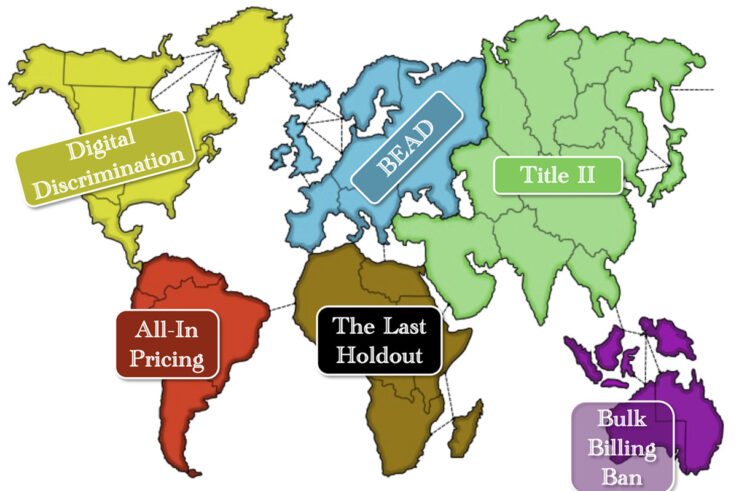This article is a part of the Section 2 Symposium symposium.
The source of much of the disagreement between the Antitrust Division and the FTC is based on chapter 3, which discusses general standards for Section 2 liability.
A major portion of chapter 3 concerns whether there is a unifying principle underlying appropriate doctrine for all behavior challenged under Section 2. A substantial portion of the chapter is devoted to specific proposals: “effects balancing,” “no economic sense,” “profit sacrifice,” “equally-efficient competitor,” and “disproportionality” tests. I found most of the discussion in chapter 3 to be quite sensible. The problems it cites with the effects balancing test are well-founded. It would be a great test for the incomes of consulting economists, but it requires more precision in economic analysis than the current state of the art can deliver and will likely lead to errors in both directions. The discussion of the profit-sacrifice and no-economic- sense tests helps clarify the distinction between the two. A mere profit sacrifice test is too loose a liability standard. A no-economic sense test is sometimes useful, but it should not be the universal standard for Section 2 liability. The discussion of the equally-efficient competitor test was balanced and useful.
The most controversial part of the chapter is the discussion of the disproportionality test and in particular the conclusion that, even though the Department does not believe that there is a preferred test, the disproportionality test is its preferred test. I am puzzled by that conclusion. It is at odds with the ultimate conclusion that different kinds of conduct warrant different tests because of differences in the costs of false positives and false negatives.
The standard for predatory pricing established in Matsushita and Brooke Group is, in effect, a “no economic sense” test. Pricing below the relevant notion of cost is behavior that qualitatively makes no sense unless it drives out rivals. (Of course, they also include the requirement that the exclusionary hypothesis makes economic sense.) Aspen Ski relies on “no economic sense” logic. (Exclusion was the only plausible reason that Aspen would not sell lift tickets to Aspen Highlands on the same terms as it sold them to the general public.) In my opinion, predatory pricing and refusals to deal are both classes of conduct for which we should be more concerned with false positives than false negatives.
One of the standard criticisms of the no economic sense test is that $1 of efficiencies can get a company off the hook for behavior that generates $100 of competitive harm. The disproportionality test addresses that criticism. A disproportionality test may be a better conceptual standard than “no economic sense” for refusals to deal (and perhaps Aspen Ski is more accurately characterized as a disproporitionality test), but the difference between the two is a marginal adjustment. Substituting a disproportionality test (which one can think of as a “little economic sense” test) for a “no economic sense” test does not address the primary concern with these tests as general standards. There might be other classes of behavior (like bundled discounts) where the relative concern with false positives and false negatives dictates a standard which trades off those two risks much differently.
The DOJ embrace of the disproportionality test reflects a greater concern with false positives than false negatives for all behavior subject to challenge under Section 2. I agree with the objection Commissioners Harbour, Leibowitz, and Rosch raised with respect to this aspect of the DOJ report. Of course, other aspects of their statement were regrettable. First, there is the rhetoric (“a blueprint for radically weakened enforcement”). And who are all the “stakeholders?” The historical position of the FTC has been consumers are the only proper stakeholders in antitrust. What other stakeholders did they have in mind? Is the antitrust bar (or the plaintiff’s side of it) a proper stakeholder to consider? And their discussion of the individual topics failed to reflect a nuanced, decision-theoretic analysis of which practices require standards that tolerate false negatives to avoid false positives and which require standards where a risk of false positives should be tolerated.
The final conclusion in chapter 3 of the DOJ report is that different classes of conduct require different standards based on differences in the relative risk of different types of errors. I think that is the right conclusion and that is what should frame the entire debate.




